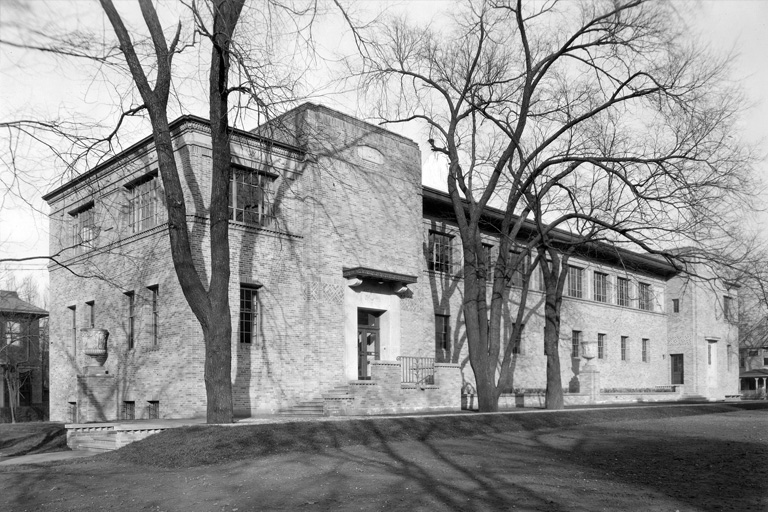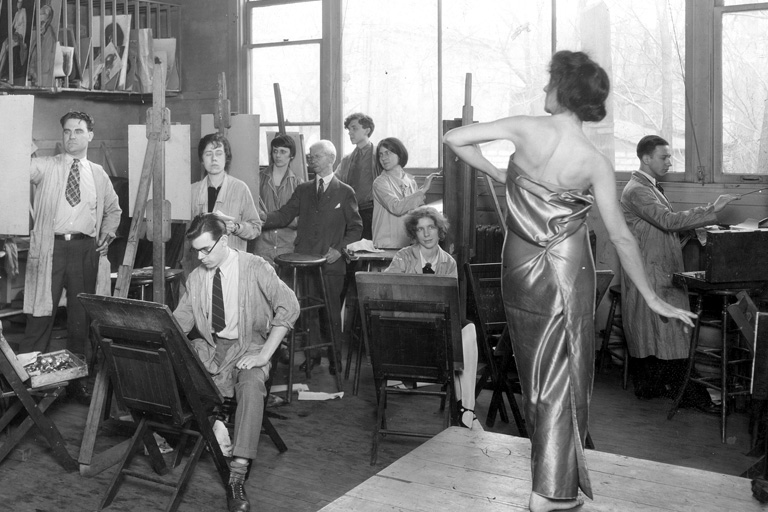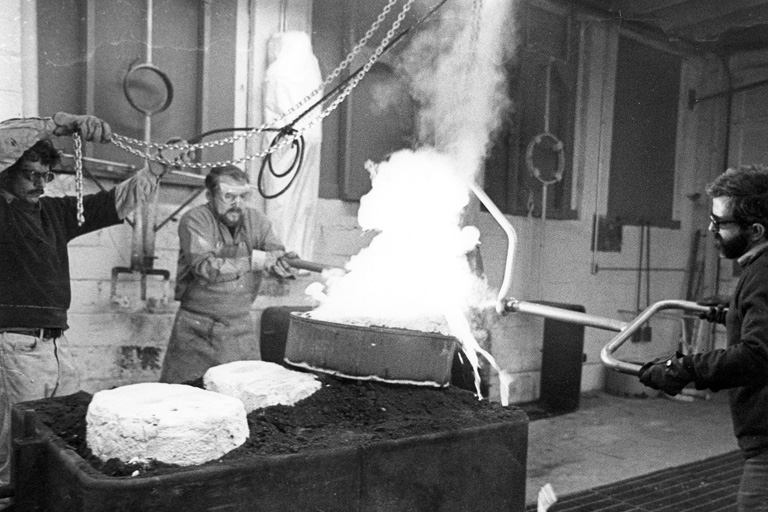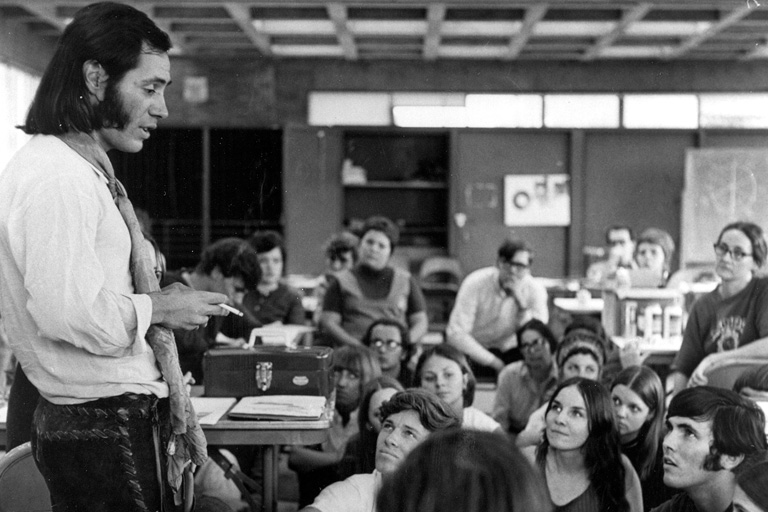A rich legacy that reflects the cultural vitality of Indianapolis
Herron School of Art and Design started as a private school in 1902, and those roots still grow today at the urban IU Indianapolis campus.
The more you explore Indianapolis, the more you will recognize Herron's integral role in shaping our surroundings. You'll discover the footprints of Herron students, alumni, and faculty all over the city – in galleries, classrooms, boutiques, museums, restaurants, design firms, and cooperative artist studios.
It is this trailblazing spirit and the prestige of an Indiana University degree that attracts students to Herron each year.







